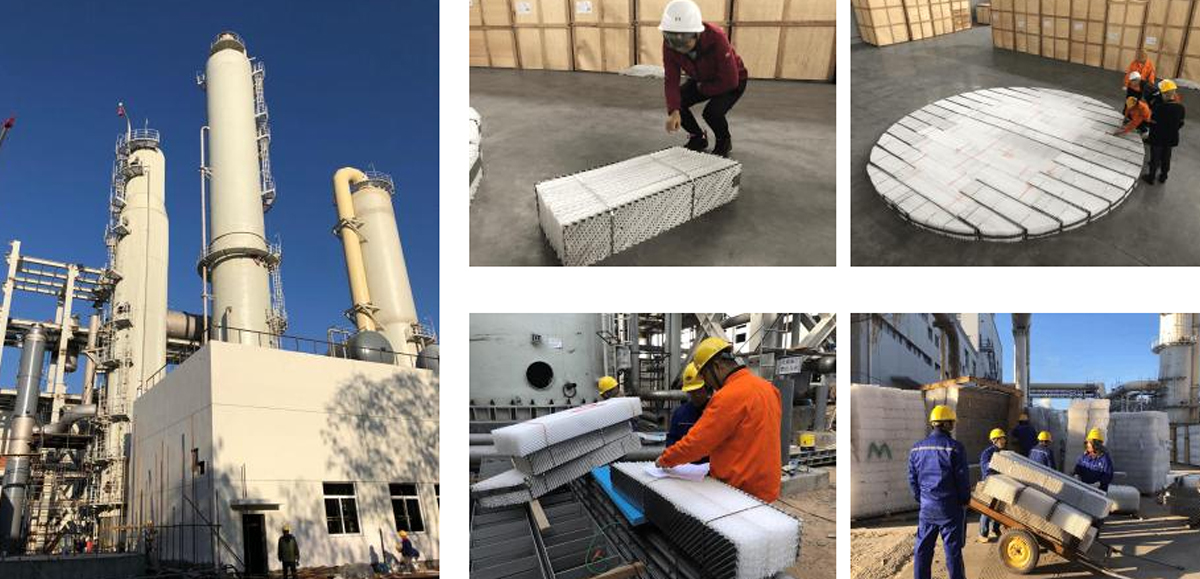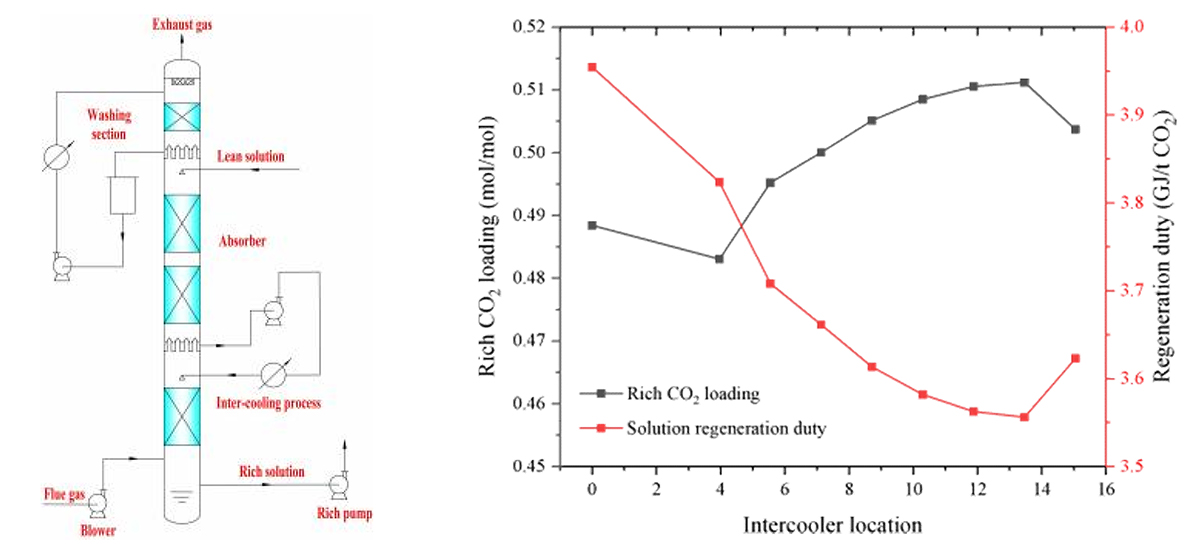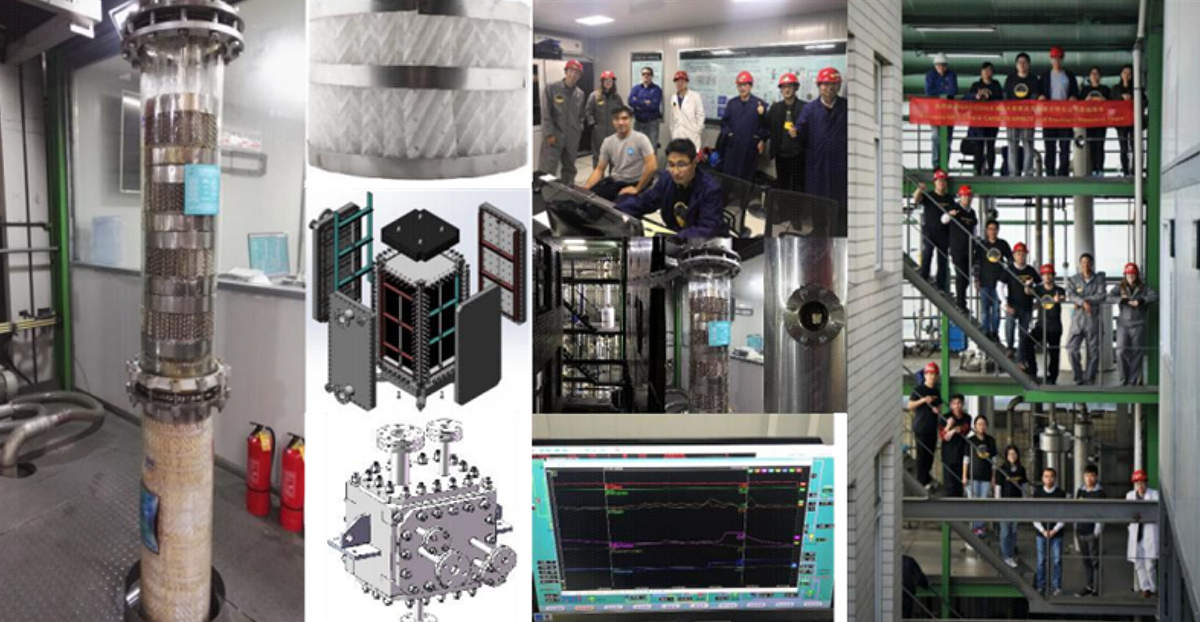-
Call
-
Email
general@royaltrustoilfield.com
-
Address
Dubai - United Arab Emirates
Carbon Capture Technology
Introduction to Carbon Capture Technology
Chemical Absorption of CO2 from Flue Gas - Development of Absorbents, Processes, Equipment, and Engineering

Advantages of Chemical Absorption Technology:
| Investment cost: ~50 RMB/tCO2 (Low absorption rate, large equipment size) |
| Operational cost: ~300 RMB/tCO2 (High energy consumption for absorbent regeneration, 3-4 GJ/tCO2, accounting for 60%-70% of operating costs) |
| @CCUS technology is essential for achieving "carbon peak" and "carbon neutrality" goals. |
| Chemical absorption is currently the main technology route for large-scale CO2 capture from flue gas. |
| Mature process, good adaptability to flue gas. |
| CO2 capture rate >90%, CO2 purity >99%. |
| Currently scalable, with industrial demonstrations both domestically and internationally. |
| Benchmark absorbent: 30% MEA (Monoethanolamine) |
| Chemical Absorption Process for CO2: |
| Pre-treatment tower |
| Absorption tower (40-50°C) |
| Stripper (100-120°C) |
| Reboiler (steam) |
| Lean/rich heat exchanger |
| Flue gas |

Process System Optimization and Heat Integration:
| High-performance tower equipment: large-scale flow field optimization, high-performance polymer packing, ultra-low emissions. |
| Efficient energy-saving equipment: coupling of chemical reactions and heat transfer, low temperature difference, corrosion resistance. |
| Development of new chemical absorption technology for CO2 in flue gas. |

Development of Third-Generation Absorbents:
| Waterless absorbents |
| Two-phase absorbents |
| Ionic liquids |
| Nanofluids & catalysts |
| Capsule-type absorbents |
| Key Transmission and Heat Transfer Equipment Development: |
| Development of high-performance structured packing for absorbers. |
| New structured packing materials with enhanced hydrophilicity. |
| New Chemical Absorption Process Development: |
| Low-energy absorbent development. |
| Development of industrial-scale applications. |
| Optimization of process parameters and integration. |

Report Outline:
| Introduction to CO2 Chemical Absorption Technology |
| Advantages and Bottlenecks of Chemical Absorption Technology |
| Development and Optimization of Third-Generation Absorbents |
| Development of Key Transmission and Heat Transfer Equipment |
| New Chemical Absorption Process Development |
| Key Transmission and Heat Transfer Equipment Development: |
| Economic Analysis of Carbon Capture Systems for Power Plants |
Conclusion:
The development of new chemical absorption technology for CO2 capture in flue gas, including the optimization of third-generation absorbents, process systems, and key equipment, can significantly reduce investment and operational costs while improving CO2 capture efficiency and purity. Industrial demonstrations and applications have shown promising results, making it a viable solution for achieving carbon peak and carbon neutrality goals.
